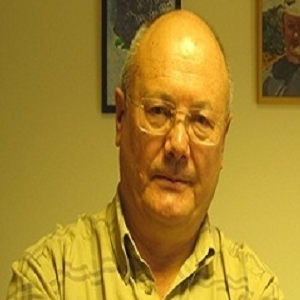Title : Synchronization and chaos in brain activity
Abstract:
We will consider two subjects of nonlinear dynamics: synchronization of integrate-and-fire biological oscillators; global chaos in neural networks and discuss their importance for brain activity from the dynamical systems and information dynamics point of view. The collective behavior of biological and chemical oscillators is a fascinating topic that has attracted a lot of attention in the last 50 years. The integrate-and-fire processes were developed by C. Peskin to a population of identical pulse-coupled oscillators. It was conjectured that the model self-synchronizes such that: for arbitrary initial conditions, the system approaches a state in which all the oscillators are firing synchronously; b) this remains true even when the oscillators are not quite identical. The first conjecture is solved by C. Peskin for a system with two oscillators, and R. Mirollo and S. Strogatz for the generalized model of two and more oscillators (J. Phys. A 21: L699–L705, 1988). The second conjecture was solved in the paper by M. Akhmet (Nonlinear Stud. 18:313–327, 2011). There are still many issues related to the nature and types of couplings. The couplings may be impulsive, continuous, delayed, or advanced, and oscillators may be locally or globally connected. Consequently, it is reasonable to consider various ways of synchronization if one wants the biological and mathematical analyses to interact productively. We investigate the integrate-and-?re model in both cases— one with identical and another with not-quite-identical oscillators. A combination of continuous and pulse couplings that sustain the ?ring in unison is carefully constructed. Moreover, we obtain conditions on the parameters of continuous couplings that make possible a rigorous mathematical investigation of the problem. In the present talk we will discuss the role of synchronization and desynchronization for the brain activity.




